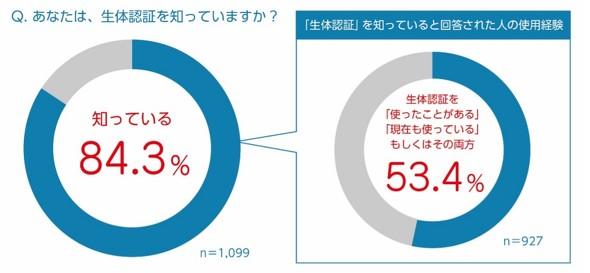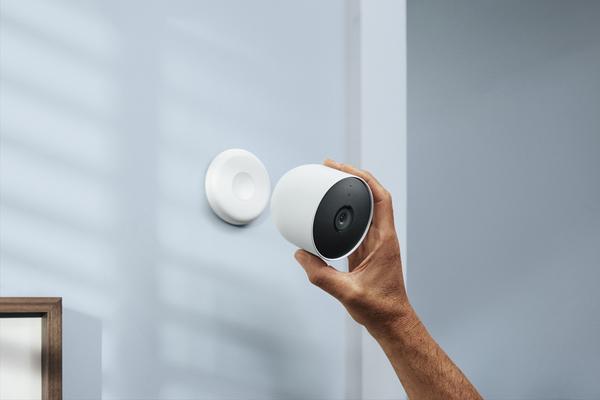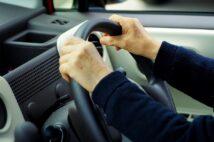"Smart City Takeshiba," which Tokyu Land and Softbank are building in the Takeshiba area, a national strategic special zone, is one such example. In the first stage, "Port City Takeshiba", which will be the stage for making the building smart, will be equipped with 5G throughout the entire building. It collects data from more than 1,300 sensors, analyzes the entrance and exit of people and the congestion rate of restaurants from camera images, distributes visit predictions to tenants, and visualizes the availability of toilets and the occupancy rate of elevators. The information is useful for distributing discount information and coupons to visitors, searching for shops and avoiding congestion when arriving at work, and is also used for security robots and cleaning robots to avoid people and operate safely and efficiently. In the second stage, the target is expanded to the entire Takeshiba area, and the flow of people is analyzed with cameras and sensors installed throughout the city. The plan is to provide residents and visitors of the Takeshiba area with the results of analysis combined with traffic conditions and weather data to support more appropriate action choices. "There are residents, schools and commercial facilities in the surrounding area. Self-driving vehicles also run. We will spread what we are doing in the building to the entire district," says SoftBank Corporate Business Headquarters Corporate Product & Business Strategy. Mr. Atsushi Umemura, General Manager, Digital Automation Business 2nd Division, Headquarters. "In the midst of combining various technologies and solutions to realize it, 5G has an image of being solidly positioned as the communication technology that will be the axis," he says about the positioning of 5G. Equipped with 5G security robots In the development of smart buildings/smart cities, various 5G use cases are being considered according to the different issues and needs of each city and facility. It's a combination of SECOM aims to evolve security robots with 5G and expand their applications. The company, which has a history of about 20 years in the development of security robots, began trial operation of a new security robot "cocobo" equipped with Wi-Fi/LTE and 5G communication functions in June this year. It is scheduled to be released within 2021 as a successor to the "SECOM Robot X2", which has been in operation at Narita Airport since 2019. Planning department manager Seiya Hasegawa said, "There is an increasing demand for security in places where people gather. There is also a growing need to increase the number of security guards in office buildings and commercial facilities, and to find suspicious people quickly. There is," he talks about the background of cocobo development.
Mr. Seiya Hasegawa, Ph.D. (Engineering)
Using a 3D LiDAR sensor and multiple cameras that cover 360 degrees, cocobo performs autonomous security patrols while avoiding people and obstacles. Detects stagnation and falls. In addition, it is capable of detecting abnormal sounds, gas leaks, and fires, checking whether doors are locked with an arm, and detecting heat sources in trash cans, and can handle many of the duties of patrol guards. It can run on steps up to 5 cm and can be used outdoors.An image of a hand-type attachment being attached to the arm of cocobo and confirming the lock (from SECOM publication materials). By freely moving the arm, it is possible to inspect various places such as under the bench, the back side of the vending machine, and the bottom.






![Customized items for the new "Toyota Noah / Voxy" appear from Modellista [Tokyo Auto Salon 2022] [News]](https://website-google-hk.oss-cn-hongkong.aliyuncs.com/drawing/article_results_9/2022/3/28/2fb1fdedaad7536dd6271db30561f588_0.jpeg)
![[New Toyota Voxy (90 series)] Amplifies the characteristics of the aero body! A design that further enhances the power of the front mask! #Works direct custom deep layer 001](https://website-google-hk.oss-cn-hongkong.aliyuncs.com/drawing/article_results_9/2022/3/25/01568e2fbf021c0eaf7d013507c850a4_0.jpeg)

![[Toyota Noah / Voxy new model] Modellista releases various customized parts ... Actual vehicle exhibited at Tokyo Auto Salon](https://website-google-hk.oss-cn-hongkong.aliyuncs.com/drawing/article_results_9/2022/3/25/8268612c1e5941e62d3dfd07f8991b2f_0.jpeg)
